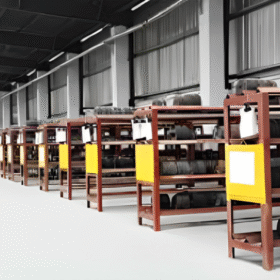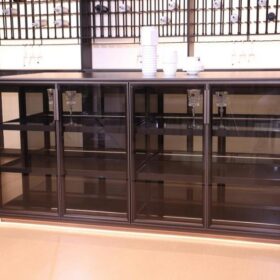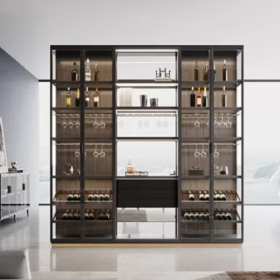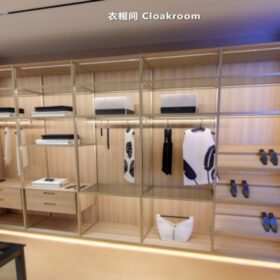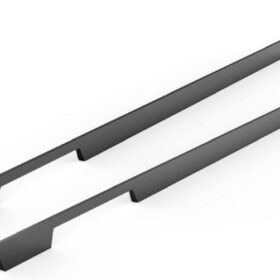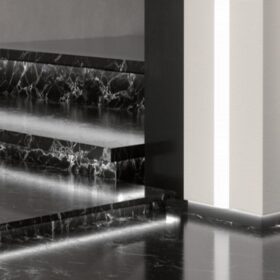Understanding Different Types of Frame Aluminum Profiles
Aluminum frame profiles are the foundational elements of various industrial and domestic structures, ranging from windows and doors to car frames and machinery components. To cater to the diverse requirements of these applications, manufacturers produce a wide variety of aluminum profiles, each with distinct characteristics and properties. Understanding the different types of frame aluminum profiles empowers architects, engineers, and homeowners to make informed decisions for their specific needs.
Types of Frame Aluminum Profiles
General-Purpose Profiles
General-purpose profiles are the most common type of frame aluminum profiles. They are versatile and can be used in a wide range of applications due to their balanced strength, durability, and cost-effectiveness. These profiles are typically made from standard alloys such as 6061, 6063, or 6082 and can be easily modified or shaped to meet specific design requirements.
Structural Profiles
Structural profiles are specifically designed for load-bearing applications where strength and rigidity are paramount. They are commonly used in the construction of frameworks for buildings, bridges, and heavy-duty machinery. Structural profiles have thicker walls and more robust cross-sections to withstand significant forces and dynamic loads.
Architectural Profiles
Architectural profiles prioritize aesthetics and design flexibility without compromising structural integrity. They are typically used for non-load-bearing applications such as window frames, doors, and decorative cladding. Architectural profiles often feature intricate shapes and surface treatments to enhance the visual appeal of structures.
Specialty Profiles
Specialty profiles are tailored to meet unique or demanding requirements. They can be made from high-strength alloys, composite materials, or aluminum alloys with specific properties such as corrosion resistance, fire resistance, or electrical conductivity. Specialty profiles are used in specialized industries such as aerospace, electronics, and medical equipment.
Factors to Consider When Selecting Frame Aluminum Profiles
Strength: Determine the load-bearing capacity required for the application.
Durability: Consider factors such as exposure to elements, corrosion resistance, and impact resistance.
Cost: Evaluate the balance between material cost, fabrication expenses, and long-term maintenance costs.
Aesthetics: Determine the desired visual appeal and whether the profile aligns with the overall architectural design.
Availability: Ensure that the desired profile is readily available from suppliers and within the project timeframe.
Conclusion
Understanding the different types of frame aluminum profiles empowers decision-makers to select the right profiles for their specific requirements. By considering factors such as strength, durability, cost, aesthetics, and availability, it is possible to optimize the performance and longevity of aluminum frame structures. Whether for general-purpose applications, load-bearing structures, architectural detailing, or specialized industries, the diverse range of frame aluminum profiles offers solutions to meet the challenges of modern design and construction.
-
2024-11-29Top Trends in Modern Kitchen Cabinet Pulls for 2024
-
2024-11-28The Ultimate Guide to Modern Kitchen Cabinet Pulls- Materials, Styles, and Tips
-
2024-11-27Elevate Your Kitchen Design with These Must-Have Modern Cabinet Pulls
-
2024-11-26Sleek and Stylish- The Best Modern Kitchen Cabinet Pulls for a Contemporary Look

